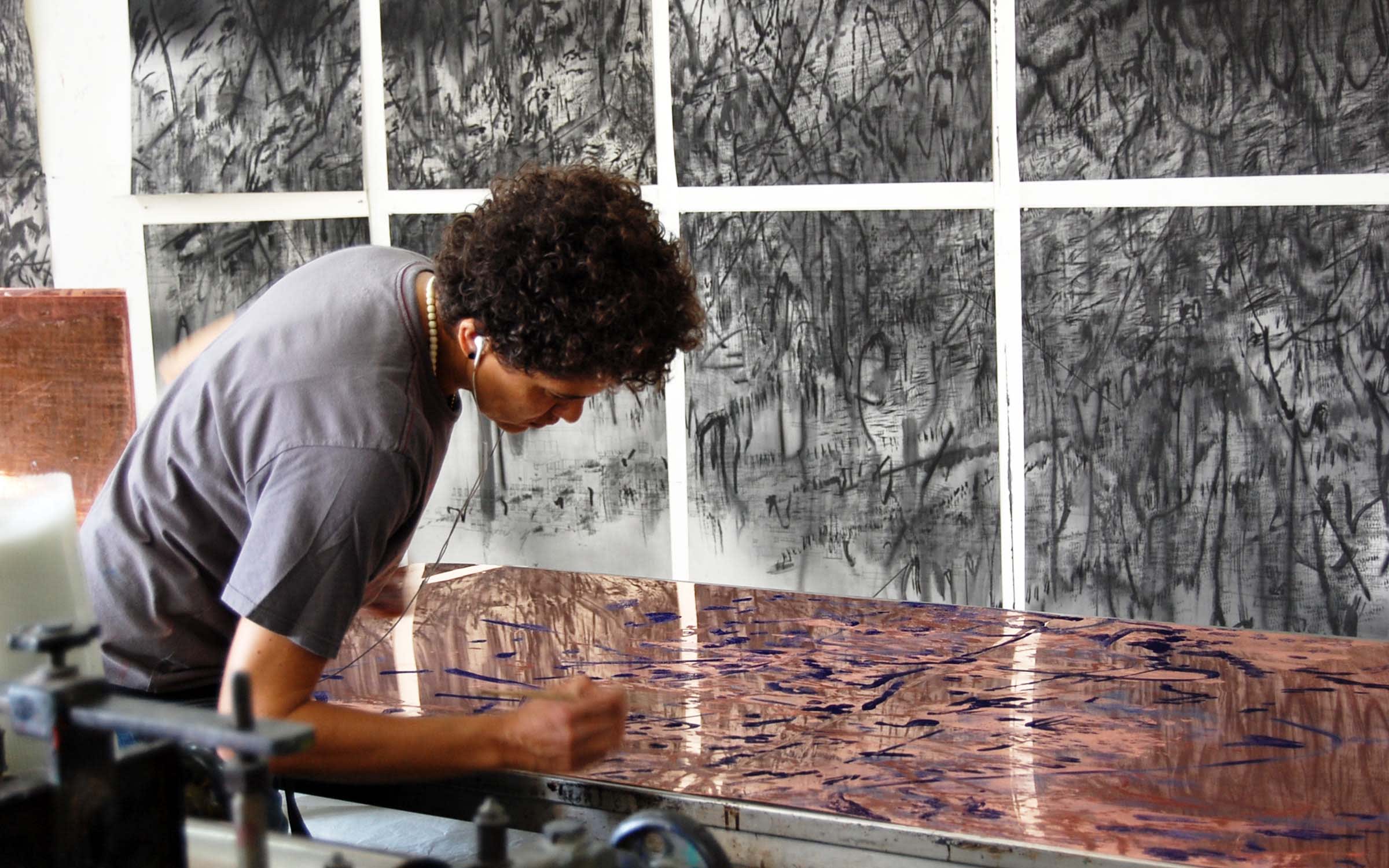Why editions matter: Printmaking stalwart Niels Borch Jensen discusses 40 years in the business
Active since the 1970s, the Copenhagen-based gallerist talks about his early interest in printmaking, the way he envisions this discipline, and how he works with artists
